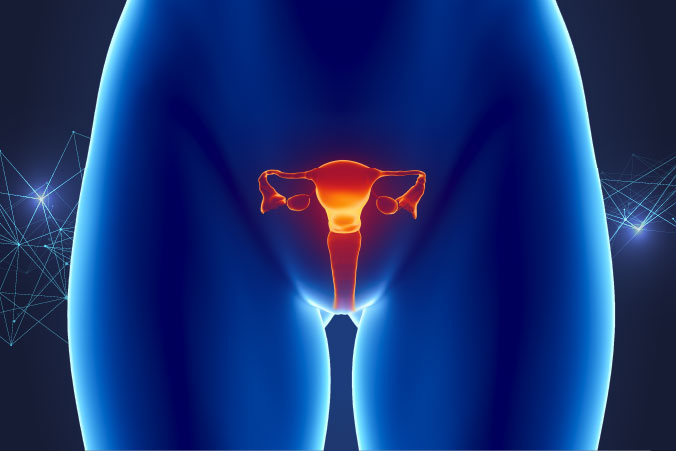Cervical cancer statistics
Cervical cancer is the 8th most common cancer worldwide and the 4th most common cancer among women.

On this page
Latest cervical cancer data
There were 662,301 new cases of cervical cancer globally in 2022.
The tables below give information about the countries with the highest rates, incidence and mortality from cervical cancer.
Cervical cancer incidence (cases)
China, India, and Indonesia had the highest number of cervical cancer cases in 2022.
The following table shows the 10 countries with the highest cervical cancer incidence in 2022. We have also included the age-standardised rates (ASRs)* for each of these countries.
| Rank | Country | New cases 2022 | ASR/100,000 |
|---|---|---|---|
| World | 662,301 | 14.1 | |
| 1 | China | 150,659 | 17.7 |
| 2 | India | 127,356 | 17.7 |
| 3 | Indonesia | 36,964 | 23.3 |
| 4 | Brazil | 18,715 | 12.7 |
| 5 | Russia | 18,369 | 17.6 |
| 6 | US | 13,920 | 6.3 |
| 7 | Nigeria | 13,676 | 26.2 |
| 8 | Japan | 10,958 | 12.5 |
| 9 | Tanzania | 10,868 | 64.8 |
| 10 | South Africa | 10,532 | 33.2 |
Cervical cancer age-standardised rates
It is important to note that some countries have a high ASR but a low total number of cases, while others have a low ASR but a high number of cases. This is because ASRs are reported per 100,000 people. So, for example, an ASR of 10 in a population of 100,000 = 10 cases of cancer, but an ASR of 1 in a population of 10 million = 100 cases.
The following table gives the top 5 countries by ASR for cervical cancer incidence in 2022.
| Country | New cases 2022 | ASR |
|---|---|---|
| Eswatini | 417 | 95.9 |
| Zambia | 3,640 | 71.5 |
| Malawi | 4,701 | 70.9 |
| Zimbabwe | 3,520 | 68.2 |
| Tanzania | 10,868 | 64.8 |
Cervical cancer deaths
India, China, and Indonesia had the highest number of deaths from cervical cancer in 2022.
The following table shows the 10 countries with the highest number of cervical cancer deaths among women in 2022. We have also included the ASRs for each of these countries.
| Rank | Country | Number | ASR/100,000 |
|---|---|---|---|
| World | 348,874 | 7.1 | |
| 1 | India | 79,906 | 11.2 |
| 2 | China | 55,694 | 4.5 |
| 3 | Indonesia | 20,708 | 13.2 |
| 4 | Brazil | 9,905 | 6.5 |
| 5 | Russia | 7,903 | 6.4 |
| 6 | Nigeria | 7,093 | 14.3 |
| 7 | Tanzania | 6,832 | 42.2 |
| 8 | Congo, Democratic Republic of | 6,187 | 24.6 |
| 9 | South Africa | 5,976 | 19.0 |
| 10 | Ethiopia | 5,975 | 16.8 |
What affects cervical cancer?
Get all the data about this cancer type and how to reduce your risk



